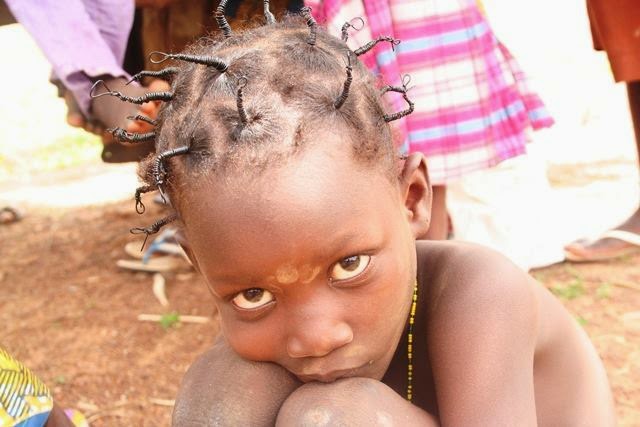Information on Water, Sanitation, and Hygiene
- Worldwide, 780 million people do not have access to an improved water source
- An estimated 2.5 billion people lack access to improved sanitation (more than 35% of the world’s population)
- According to the World Health Organization and UNICEF, regions with the lowest coverage of "improved" sanitation in 2006 were sub-Saharan Africa (31%), Southern Asia (33%) and Eastern Asia (65%)
- In 2006, 7 out of 10 people without access to improved sanitation were rural inhabitants .
- According to the United Nations and UNICEF, one in five girls of primary-school age are not in school, compared to one in six boys. One factor accounting for this difference is the lack of sanitation facilities for girls reaching puberty. Girls are also more likely to be responsible for collecting water for their family, making it difficult for them to attend school during school hours The installation of toilets and latrines may enable school children, especially menstruating girls, to further their education by remaining in the school system.
Disease & Death
- An estimated 801,000 children younger than 5 years of age perish from diarrhea each year, mostly in developing countries. This amounts to 11% of the 7.6 million deaths of children under the age of five and means that about 2,200 children are dying every day as a result of diarrheal diseases .
- Unsafe drinking water, inadequate availability of water for hygiene, and lack of access to sanitation together contribute to about 88% of deaths from diarrheal diseases .
- Worldwide, millions of people are infected with neglected tropical diseases (NTDs), many of which are water and/or hygiene-related, such as Guinea Worm Disease, Buruli Ulcer, Trachoma, and Schistosomiasis. These diseases are most often found in places with unsafe drinking water, poor sanitation, and insufficient hygiene practices.
- Worldwide, soil-transmitted helminths infect more than one billion people due to a lack of adequate sanitation
- Guinea Worm Disease (GWD) is an extremely painful parasitic infection spread through contaminated drinking water. GWD is characterized by spaghetti-like worms up to 1 meter in length slowly emerging from the human body through blisters on the skin anywhere on the body but usually on the lower legs or lower arms. Infection affects poor communities in remote parts of Africa that do not have safe water to drink. In 2012, 542 cases of Guinea Worm Disease were reported. Most of those cases were from Sudan (96%) .
- Trachoma is the world’s leading cause of preventable blindness and results from poor hygiene and sanitation. Approximately 41 million people suffer from active trachoma and nearly 10 million people are visually impaired or irreversibly blind as a result of trachoma . Trachoma infection can be prevented through increased facial cleanliness with soap and clean water, and improved sanitation.
Prevention
- Water, sanitation and hygiene has the potential to prevent at least 9.1% of the global disease burden and 6.3% of all deaths .The impact of clean water technologies on public health in the U.S. is estimated to have had a rate of return of 23 to 1 for investments in water filtration and chlorination during the first half of the 20th century .
- Water and sanitation interventions are cost effective across all world regions. These interventions were demonstrated to produce economic benefits ranging from US$ 5 to US$ 46 per US$ 1 invested .
- Improved water sources reduce diarrhea morbidity by 21%; improved sanitation reduces diarrhea morbidity by 37.5%; and the simple act of washing hands at critical times can reduce the number of diarrhea cases by as much as 35%. Improvement of drinking-water quality, such as point-of-use disinfection, would lead to a 45% reduction of diarrhea episodes .
- In order to meet the United Nations' Millennium Development Goal to halve the proportion of people without sustainable access to improved drinking water and basic sanitation by 2015:
- Even if the United Nations' Millennium Development Goal for improved drinking water and basic sanitation is reached by 2015, it will still leave:
- An estimated 790 million people (11% of the world’s population) without access to an improved water supply.
- An estimated 1.8 billion people (25% of the world’s population) without access to adequate sanitation
courtesy of Center for Disease Control and Prevention (CDC)






Comments
Post a Comment